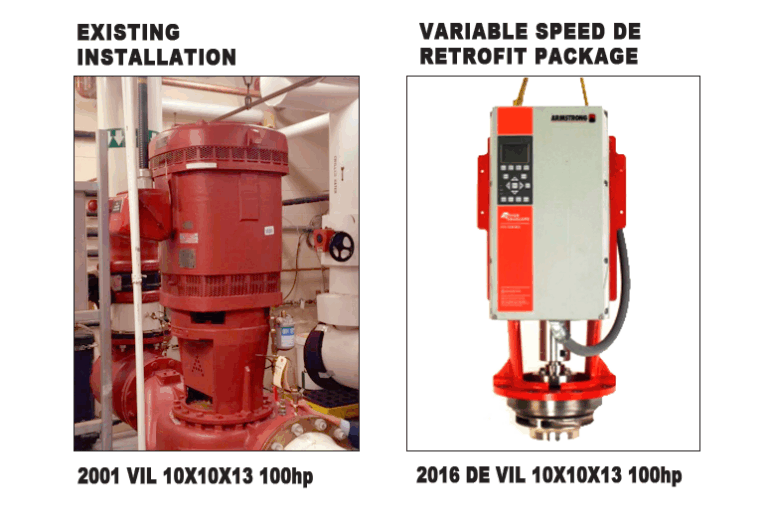November 28, 2007—A new national regulation will help further reduce smog-forming emissions from aerosol spray paints, such as clear coatings, nonflat coatings, and primers used by the consumer. It is the first nationwide rule for aerosol spray paints.
The regulation limits emissions of volatile organic compounds (VOCs), which react with nitrogen oxides to form ground-level ozone, or smog. The new rule focuses on reducing the VOCs with the highest ozone-forming potential, which also is known as reactivity, says EPA.
The US Environmental Protection Agency (EPA) modeled the rule on the California Air Resources Board’s (CARB) reactivity-based regulation for aerosol coatings. Nearly 85 percent of the spray paints used in the US are produced by three companies, which already are meeting the CARB requirements, notes EPA.
The new national regulation will provide flexibility for paint producers, especially smaller ones who may produce niche products, by allowing them to choose the VOCs they reduce, provided they meet emissions limits, explains EPA. Previous regulations focused on reducing the compounds by mass, without regard to their smog-forming potential.
The new requirements also apply to imported paint sold in the US, which must meet the VOC limits by January 1, 2009, the compliance date for the rule. Manufacturers that can demonstrate they produce aerosol paints containing less than 7,500 kilograms (8.3 tons) of VOCs annually are not covered by this regulation.
For more information, see the final rule or read a fact sheet about the rule on the EPA Web site.




